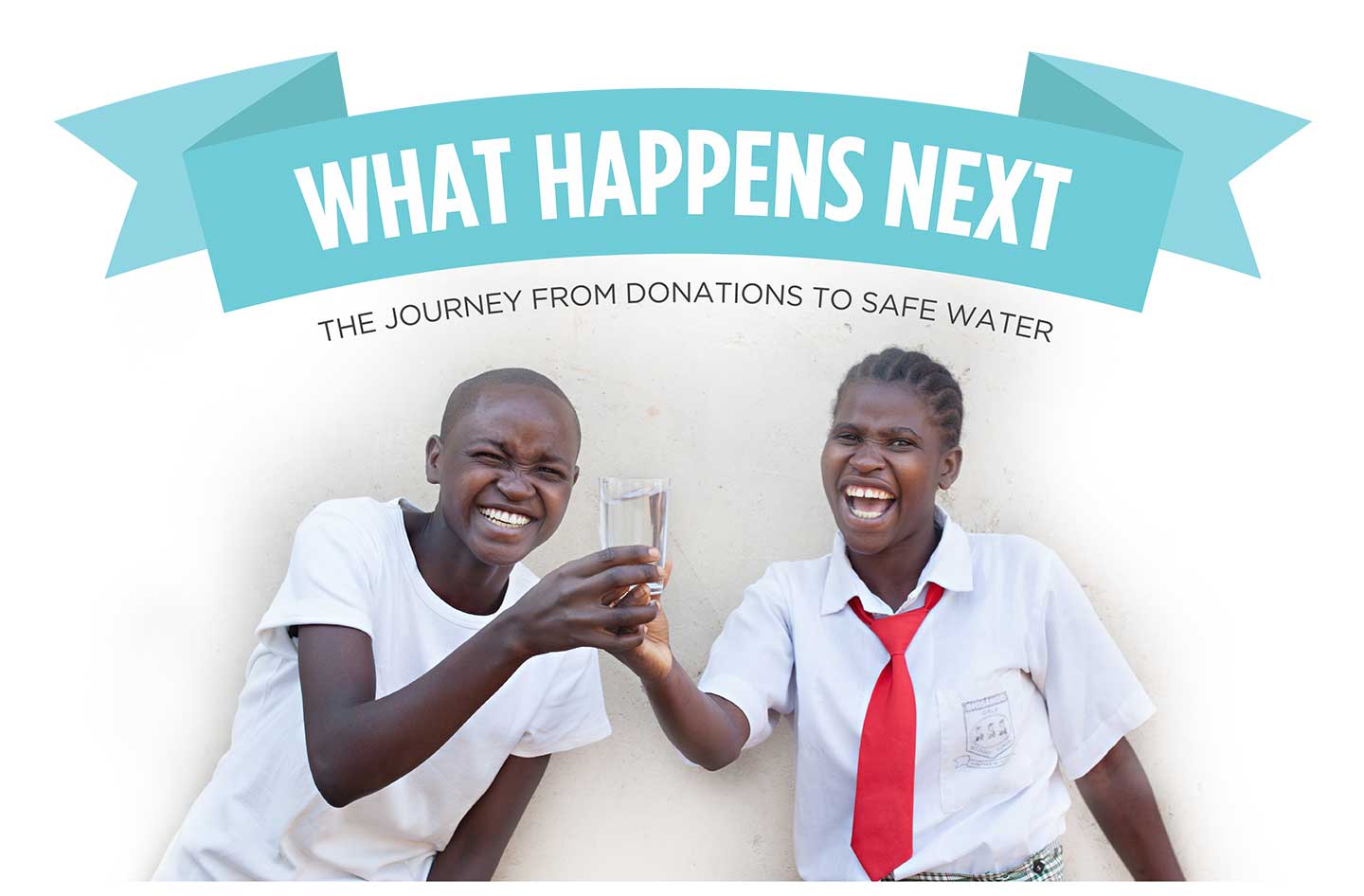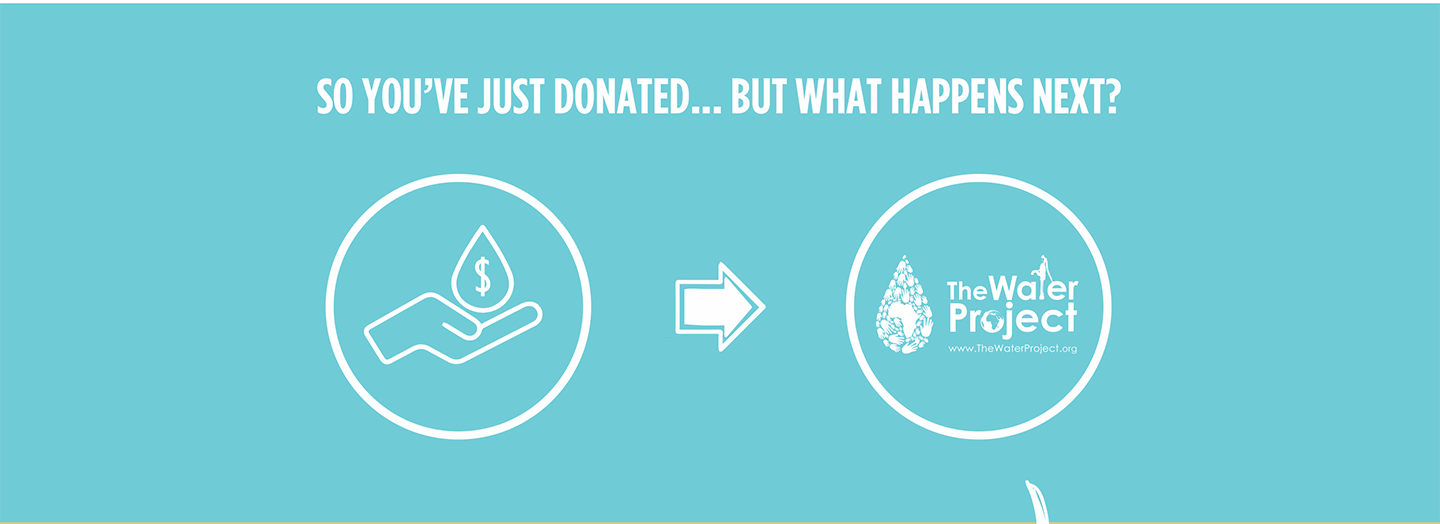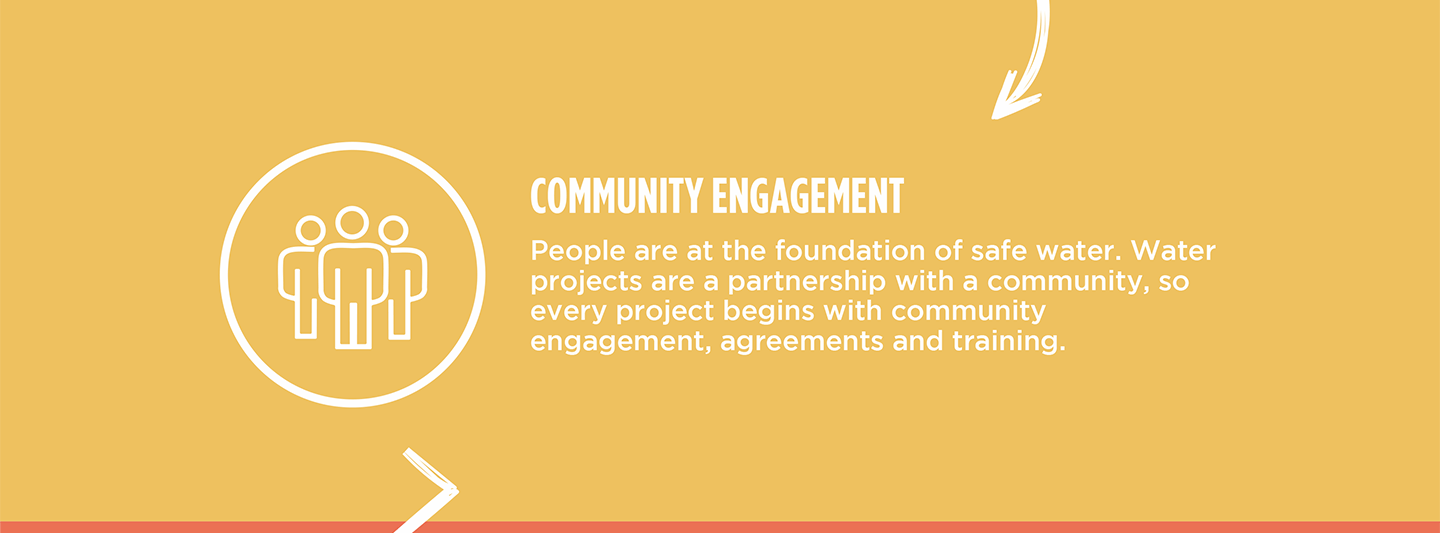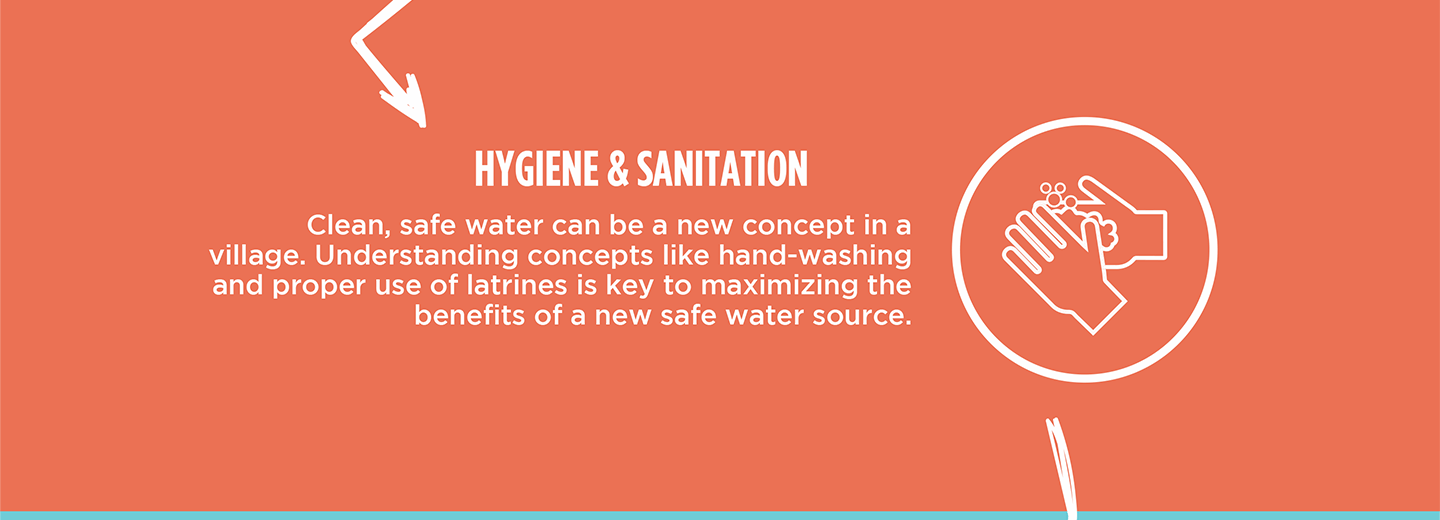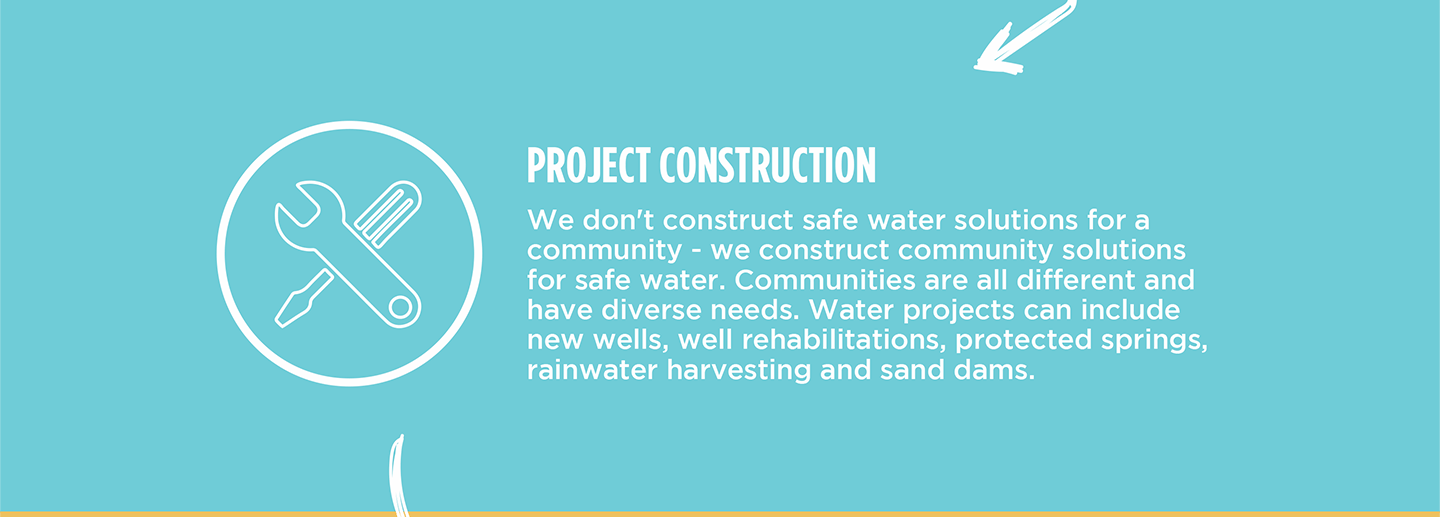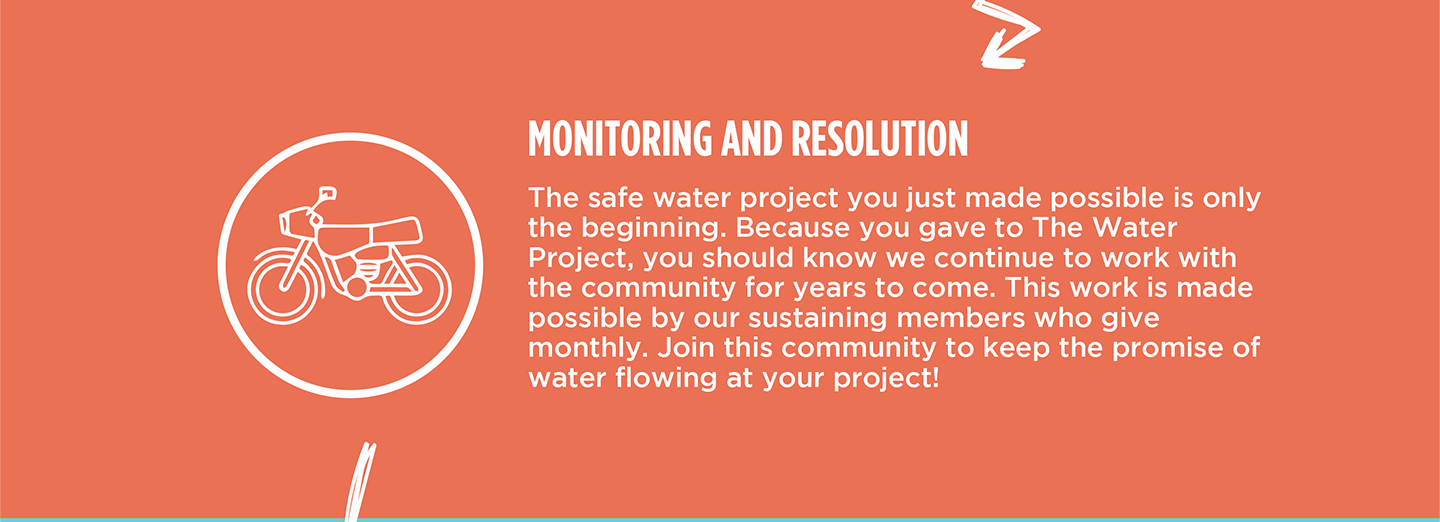The 400 people in the Lugusi Community rely on the crumbling Luvonga Juma Spring to meet their daily water needs. Previous attempts to protect the spring were not done correctly, and those consuming the spring's water have been paying the price, as evidenced by their poor health.

Agnes walks to collect water.
"This water point does not meet the standards of a protected spring since cases of waterborne illnesses are rampant in this community. The spring catchment area is not well protected since there is no fence, and people step on it every day. The drainage is not well-maintained. The area around the spring is eroded, which poses [a] danger to the users who are at risk of falling and hurting themselves. It is also littered with decaying grass and sugarcane remains," shared Field Officer Christine Masinde, describing the spring's current state.

Agnes.
70-year-old Agnes Juma knows the pain of suffering from water-related illnesses firsthand.
"Diarrhoea and stomachache commonly occur in our community. Young children and the elderly are the most affected. The last time I was sick I managed it from home. Most of the time we rely on traditional medicine to treat these illnesses because we are located in [a] remote area where there are no health facilities nearby. Even if we had one, we can not afford the medical expenses due [to] financial constraints. If a number of us are sick, one person goes to the health facility. When they are given medicine, we share the medicine without consulting a health practitioner, as long as the symptoms are the same," shared Agnes vulnerably.

Agnes collecting water from the spring that needs protection.
When Agnes is not feeling well, it takes her longer to recover. She usually needs to visit the spring six times a day to obtain the water she needs, so when she is not well, she must heavily rely on her grandchildren, which can mean they miss school to care for her, but without an alternative, she is left with no choice.
"Due to my age, when I get sick, recovery is slower. This leads to extended periods of weakness, which affects my day-to-day schedule. My age does not allow me to go to the spring as many times as I would wish to. I am at the mercy of my grandchildren, who also have to go to school," Agnes lamented.
"No one can live without drinking water. Although our water is contaminated, we have no alternative but to drink it. We can only hope that our predicament will come to an end soon by having a protected spring," she exclaimed.
Agnes understands the importance of having access to clean water and how different her life could be if she were not facing the constant threat of illness.

"Access to clean and safe water is important for preventing waterborne illnesses in all ages, and drinking safe water prevents dehydration," said Agnes.
If Agnes can remain healthy, she has plans for her future. "I would use the time to attend to my livestock, which gives me milk for use and for sale. I would also use the saved time to take care of my farm crops and also create time to relax from the day's hard work."
Steps Toward a Solution
Our technical experts worked with the local community to identify the most effective solution to their water crisis. They decided to safeguard the existing flowing spring.
Spring Protection
Springs are natural water sources that originate from deep underground. As water travels through various layers of the earth, it undergoes a natural filtration process, making it cleaner and safer to drink. To protect these spring sources from contamination, we construct a waterproof cement structure around layers of clay, stone, and soil. This design channels the spring water through a discharge pipe, facilitating easier, faster, and cleaner water collection.
Chlorine Dispenser
As an extra measure towards water quality safety, uniquely engineered chlorine dispensers are installed at all of our spring protection projects so community members can treat their water with pre-measured doses of chlorine. The chlorine treats any possible contamination and stays active for two to three days, ensuring water stays safe to use even when stored at home. Chlorine delivery and maintenance of the dispensers are part of our ongoing community support.
Community Education & Ownership
Hygiene and sanitation training are integral to our water projects. Training is tailored to each community's specific needs and includes key topics such as proper water handling, improved hygiene practices, disease transmission prevention, and care of the new water point. Safe water and improved hygiene habits foster a healthier future for everyone in the community. Encouraged and supported by the guidance of our team, a water user committee representative of the community's diverse members assumes responsibility for maintaining the water point, often gathering fees to ensure its upkeep.

 Protected Spring
Protected Spring
 Rehabilitation Project
Rehabilitation Project












